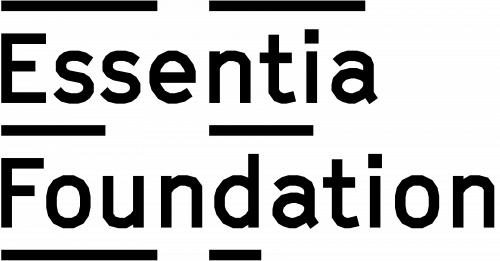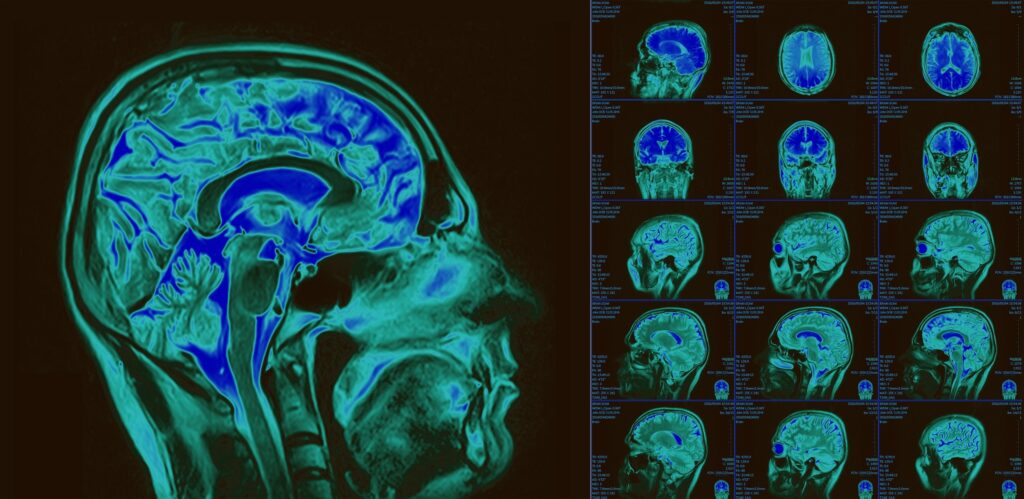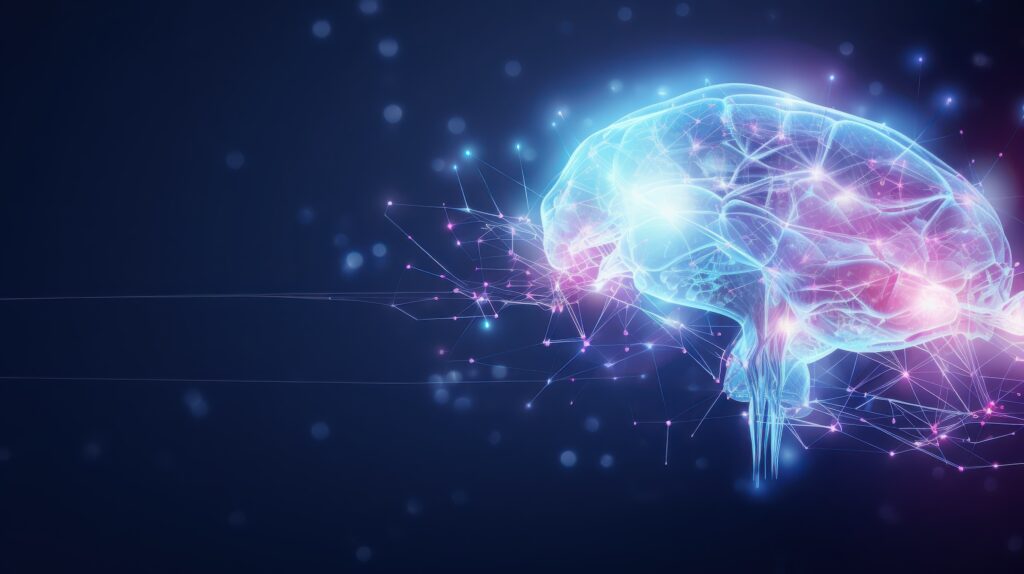Psychedelics, the self, and the collapse of materialist assumptions
Reading | Neuroscience
![]() Christophe Morin, PhD | 2025-07-25
Christophe Morin, PhD | 2025-07-25
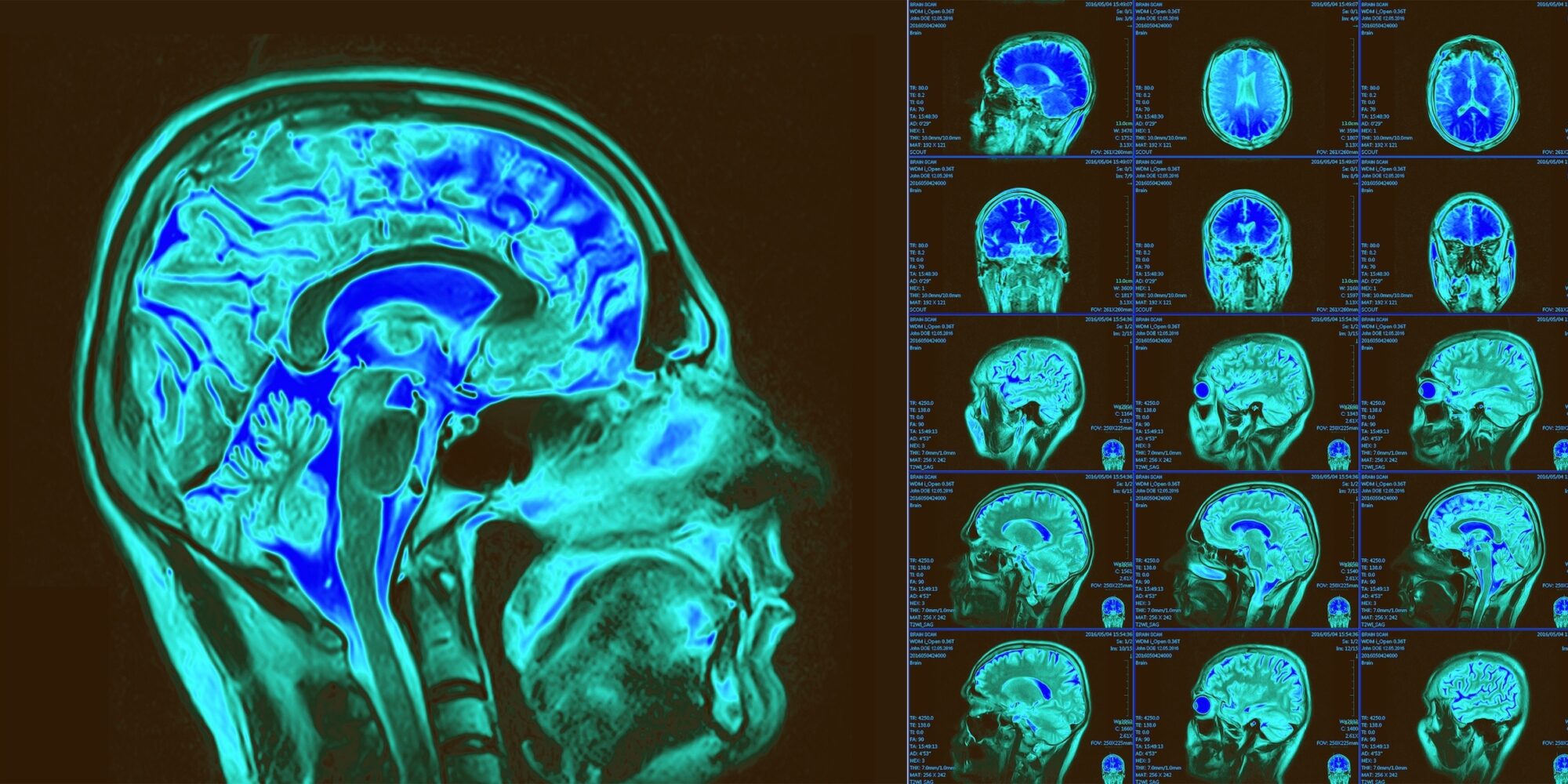
Materialist assumptions often ignore or dismiss the role of consciousness in shaping brain activity itself, argues Johns Hopkins’ Dr. Christophe Morin. Neuroplasticity forces us to reconsider this oversight. The brain does not merely react; it is re-organized in response to intention, attention, and behavior. Studies in mindfulness and trauma recovery demonstrate that new neural pathways can form when individuals shift their patterns of thought and belief. These changes are not trivial: they suggest that mind—and the awareness behind it—is a causal force, Dr. Morin maintains.
For much of my scientific career, I operated within the dominant materialist framework. According to this view, consciousness is nothing more than a byproduct of neural complexity, an emergent property of the brain’s biochemical activity. The mind, in this paradigm, is simply what the brain does. As a trained media psychologist and neuroscientist, this was the paradigm I inherited and taught for decades. It was only when direct experience collided with theory that I began to see the cracks.
Years of research into neuroplasticity, immersive psychedelic work, and spiritual inquiry have forced me to reconsider these foundations. Today, I regard consciousness not as something the brain produces, but something the brain participates in. This shift has not only shaped my recent books and academic inquiry, but also inspired the development of a transformative practice called the OPEN model, which blends neuroscience with ritual and spiritual reflection.
In this essay, I argue that psychedelics, neuroplasticity, and intentional practice offer compelling evidence for a new paradigm—one that reclaims consciousness as a fundamental, organizing field of reality. This is not a rejection of science, but a more expansive integration of its scope.
The crumbling edifice of materialism
Materialism has served science well. It has enabled life-saving medical advances and a clearer understanding of physical systems. But it has reached its limits, particularly in explaining subjective experience. The “hard problem of consciousness,” famously articulated by philosopher David Chalmers, remains unresolved: how does brain activity give rise to felt experience—our inner world of thoughts, emotions, and meaning?
More importantly, materialist assumptions often ignore or dismiss the role of consciousness in shaping brain activity itself. Neuroplasticity challenges this oversight. The brain does not merely react; it reorganizes itself in response to intention, attention, and behavior. Studies in mindfulness and trauma recovery demonstrate that new neural pathways can form when individuals shift their patterns of thought and belief [1]. These changes are not trivial. They suggest that mind—and the awareness behind it—is a causal force.
If the brain can be rewired by focused consciousness, then we are no longer dealing with a closed-loop system. We are dealing with a relational model in which mind and matter interact, but are not reducible to one another.
Psychedelics and the field of mind
Psychedelic substances such as psilocybin, LSD, and ayahuasca further complicate the materialist model. Under their influence, individuals routinely report profound shifts in identity, perception, and meaning. Common themes include the dissolution of ego, a felt sense of unity with all life, and encounters with what are described as “higher intelligences” or archetypal energies [2].
These experiences are often dismissed as hallucinations. But that position ignores both their consistency across cultures and the durable psychological benefits they produce. Studies from institutions like Johns Hopkins University and Imperial College London have shown that a single psychedelic session can lead to lasting reductions in depression, anxiety, and addictive behavior [3].
If psychedelics were simply disrupting normal brain function, why would they result in greater coherence and well-being afterward? A more plausible explanation is that they allow access to broader aspects of consciousness—layers of mind that are typically filtered out by our waking ego. The brain’s default mode network (DMN) has been described as a sort of “neural gatekeeper” [4]. Psychedelics temporarily quiet the DMN, thus suspending the ego, a process through which expanded awareness arises and deeper integration of unresolved emotional content is possible.
What we call “altered states” may in fact be closer to baseline consciousness—before it is narrowed by cultural conditioning and the brain’s filtering systems.
Consciousness as primary: A non-materialist model
These findings support the notion that consciousness is not generated by the brain but accessed through it or even embodied in all of us. This view aligns with philosophical idealism, which posits that mind is the fundamental substrate of reality. It also echoes quantum interpretations that suggest observation (or awareness) plays a role in shaping reality [5].
Neuroscientist Mario Beauregard has long argued that the mind cannot be reduced to brain activity alone and that spiritual experiences have real neural correlates without being reducible to them [6]. Similarly, physicist James Glattfelder contends that consciousness may be best understood through the lens of information theory, where subjective experience emerges from deep patterns of encoded relational meaning—far beyond the capabilities of purely mechanistic models [7].
As Bernardo Kastrup and others have argued, treating consciousness as the foundation—rather than a late-emerging property—resolves many of the logical inconsistencies in current models [8]. If the brain is more like a receiver or interface for consciousness, then the insights accessed through psychedelics and altered states are not anomalies; they are glimpses into the wider field from which we arise.
This shift has practical consequences. It encourages us to view psychological suffering not merely as brain dysfunction, but as disconnection from a deeper field of coherence. Healing, then, involves not just symptom reduction, but reconnection—to self, to meaning, to what some traditions might call soul.
OPEN: A framework for neurospiritual transformation
To translate these insights into everyday life, I developed the OPEN model—a practical system that helps individuals raise consciousness and rewire the brain through intentional rituals [9]. The model is built around three aspects of self: the Primal (body and instinct), the Rational (thought and logic), and the Spiritual (meaning and transcendence).
Each of these selves can be balanced through targeted rituals. Primal rituals include movement, breathwork, and grounding practices. Rational rituals involve engaging with music, stories, learning, creative expressions. Spiritual rituals may include prayer, meditation and entheogens. These practices are not symbolic. They are neurospiritual tools that alter brain structure by engaging in the emotional and energetic fields of the practitioner.
As a scientist and a practitioner, I do not claim these rituals “prove” any metaphysical truths. What they demonstrate—repeatedly—is that consistent, intentional action can rewire the neural and narrative architecture of the self. I have personally observed over 1000 participants in such rituals reporting increased resilience, emotional stability, and a sense of coherence in their lives. There is no doubt that these changes are measurable and reproducible.
But they also point to something deeper: the self is not a fixed identity, but a fluid interface between consciousness and form. Through ritual, we participate in the unfolding of that interface. We become both authors and observers of our own emergence.
Toward a unified field of consciousness
I believe we are approaching a new paradigm—one that integrates the empirical rigor of science with the introspective depth of contemplative practice. This is not a return to mysticism, but a reclamation of what science originally aimed to do: describe reality as it is, not just as it appears through a limited lens.
A unified field model of consciousness does not require abandoning rationality. It requires expanding it. It means allowing room for experience, for mystery, for the possibility that awareness itself precedes form. It invites us to see healing not just as recovery, but as remembrance—of who and what we truly are beyond conditioning.
This is the invitation of psychedelics. This is the message of neuroplasticity. And this is the practice of OPEN: not to escape the self, but to open it—layer by layer, ritual by ritual—until what remains is not an object, but a field. Not a name, but a knowing.
References
- Davidson, R. J., & McEwen, B. S. (2012). Social influences on neuroplasticity: Stress and interventions to promote well-being. Nature Neuroscience, 15(5), 689–695.
- Griffiths, R. R., Richards, W. A., McCann, U., & Jesse, R. (2006). Psilocybin can occasion mystical-type experiences having substantial and sustained personal meaning and spiritual significance. Psychopharmacology, 187(3), 268–283.
- Carhart-Harris, R. L., & Goodwin, G. M. (2017). The therapeutic potential of psychedelic drugs: Past, present, and future. Neuropsychopharmacology, 42(11), 2105–2113.
- Carhart-Harris, R. L., et al. (2012). Neural correlates of the psychedelic state as determined by fMRI studies with psilocybin. Proceedings of the National Academy of Sciences, 109(6), 2138–2143.
- Rosenblum, B., & Kuttner, F. (2011). Quantum Enigma: Physics Encounters Consciousness (2nd ed.). Oxford University Press.
- Beauregard, M., & O’Leary, D. (2007). The Spiritual Brain: A Neuroscientist’s Case for the Existence of the Soul. HarperOne.
- Glattfelder, J. B. (2019). Information—Consciousness—Reality: How a New Understanding of the Universe Can Help Answer Age-Old Questions of Existence. Springer.
- Kastrup, B. (2019). The Idea of the World: A multi-disciplinary argument for the mental nature of reality. Iff Books.
- Morin, C. (2025). OPEN: A Neurospiritual Guide to the Life You Want. Honolulu, Hawaii: Depth Insights Press.
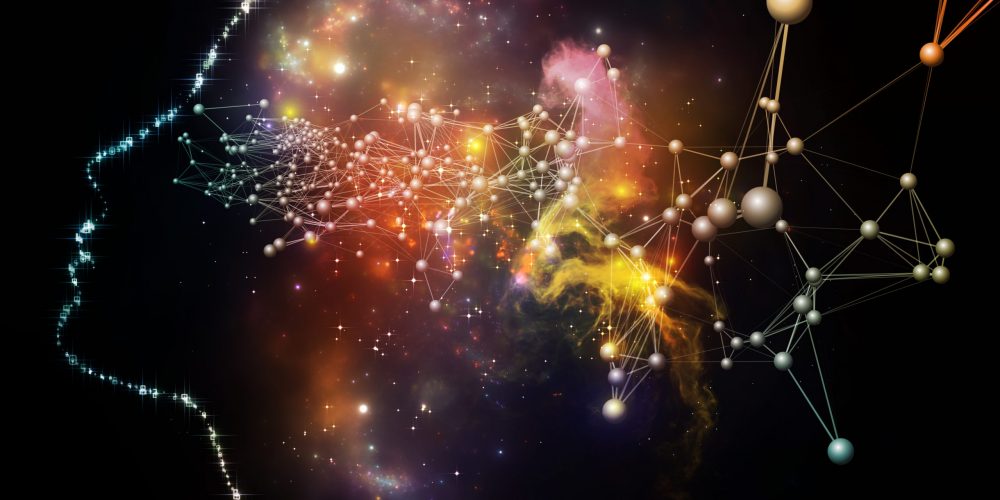
Essentia Foundation communicates, in an accessible but rigorous manner, the latest results in science and philosophy that point to the mental nature of reality. We are committed to strict, academic-level curation of the material we publish.
Recently published
Reading
Essays
Seeing
Videos
Let us build the future of our culture together
Essentia Foundation is a registered non-profit committed to making its content as accessible as possible. Therefore, we depend on contributions from people like you to continue to do our work. There are many ways to contribute.

